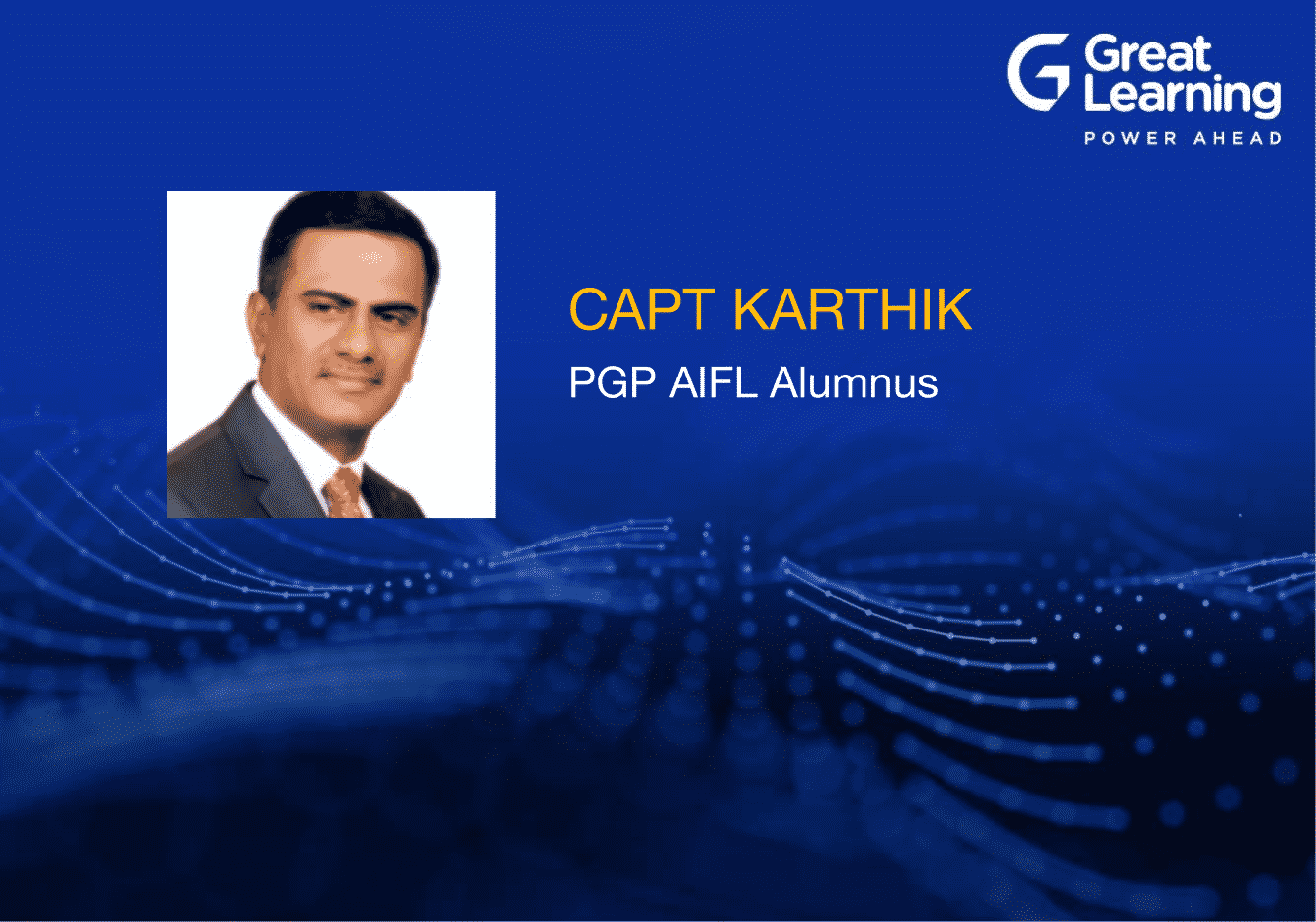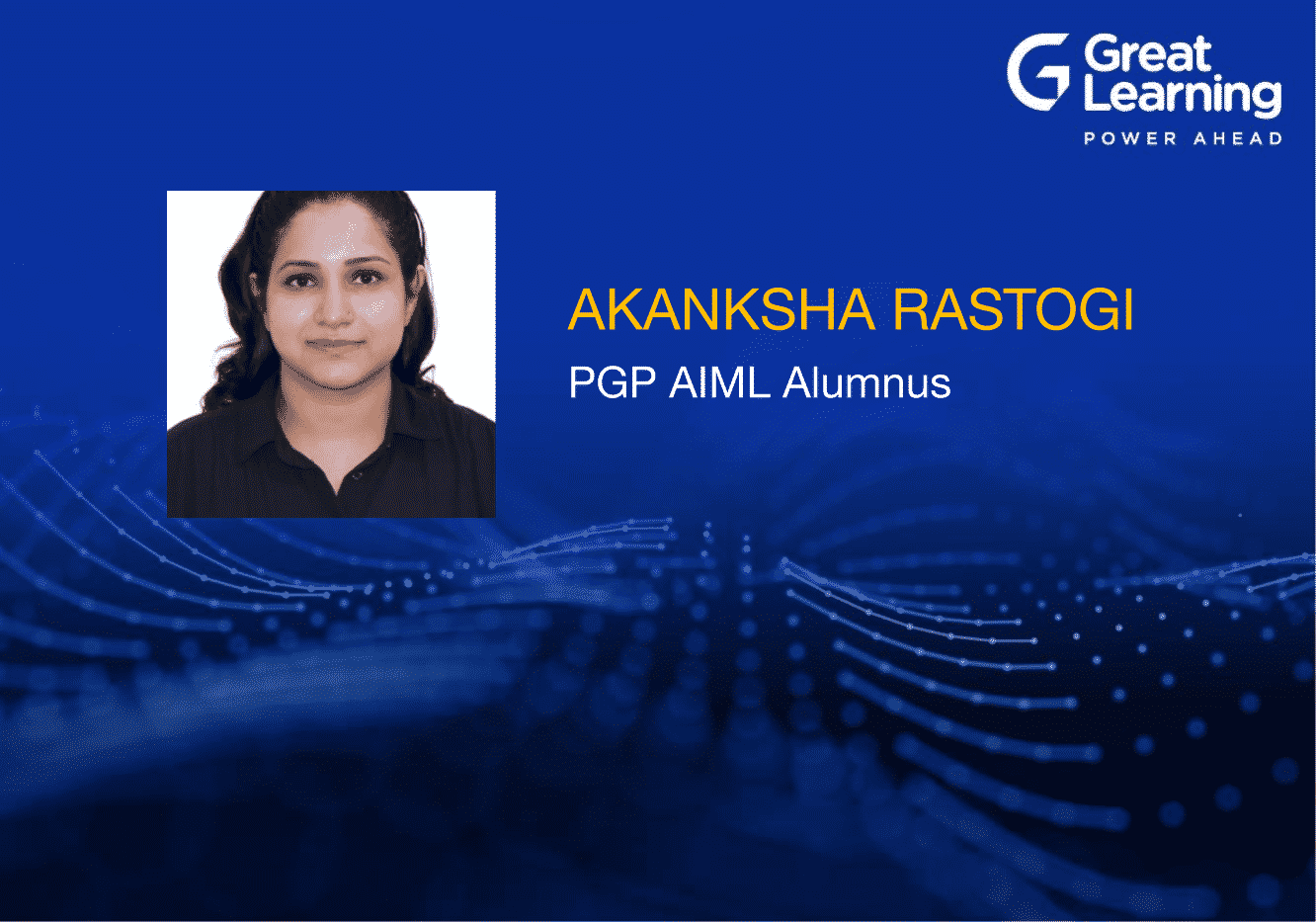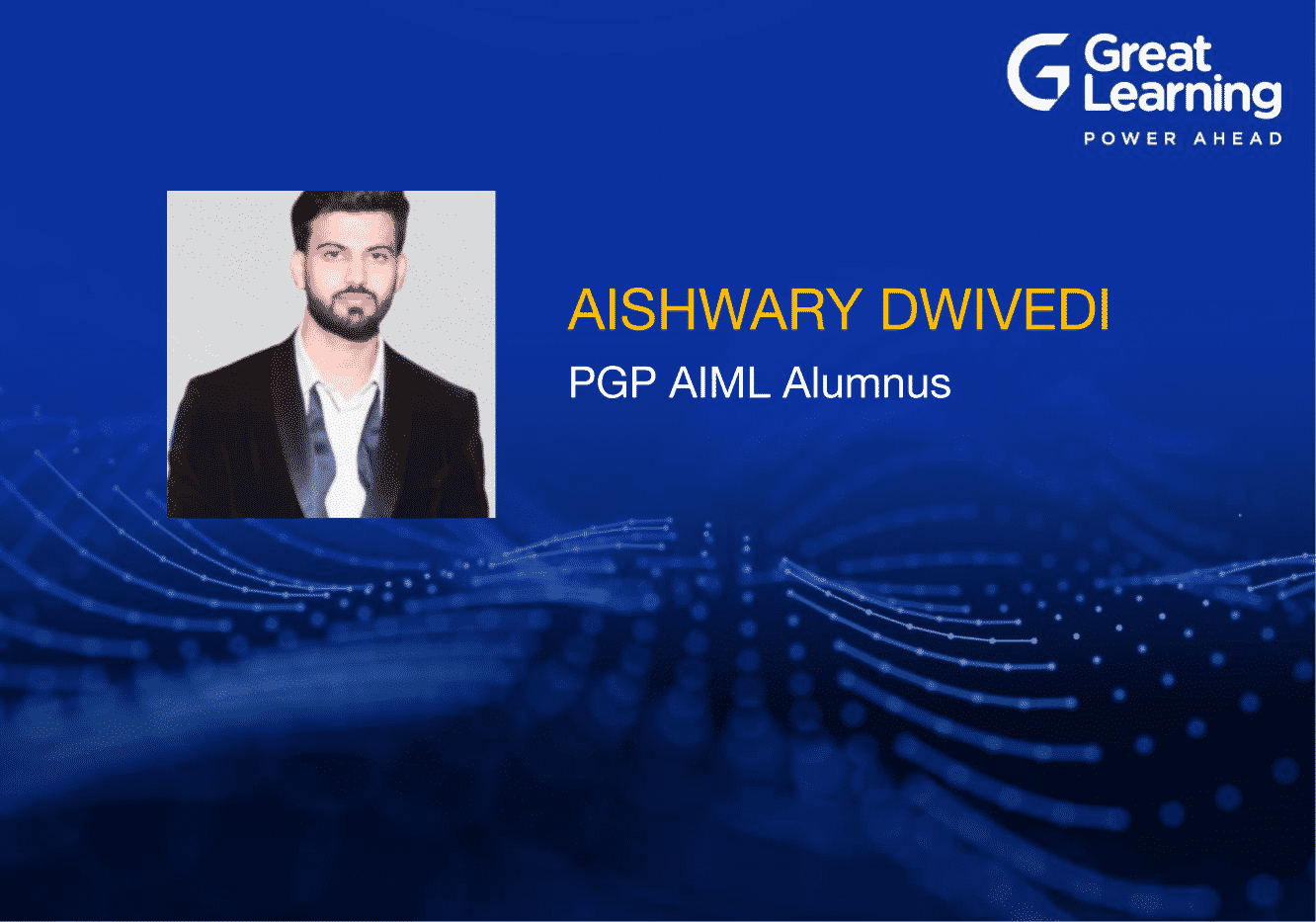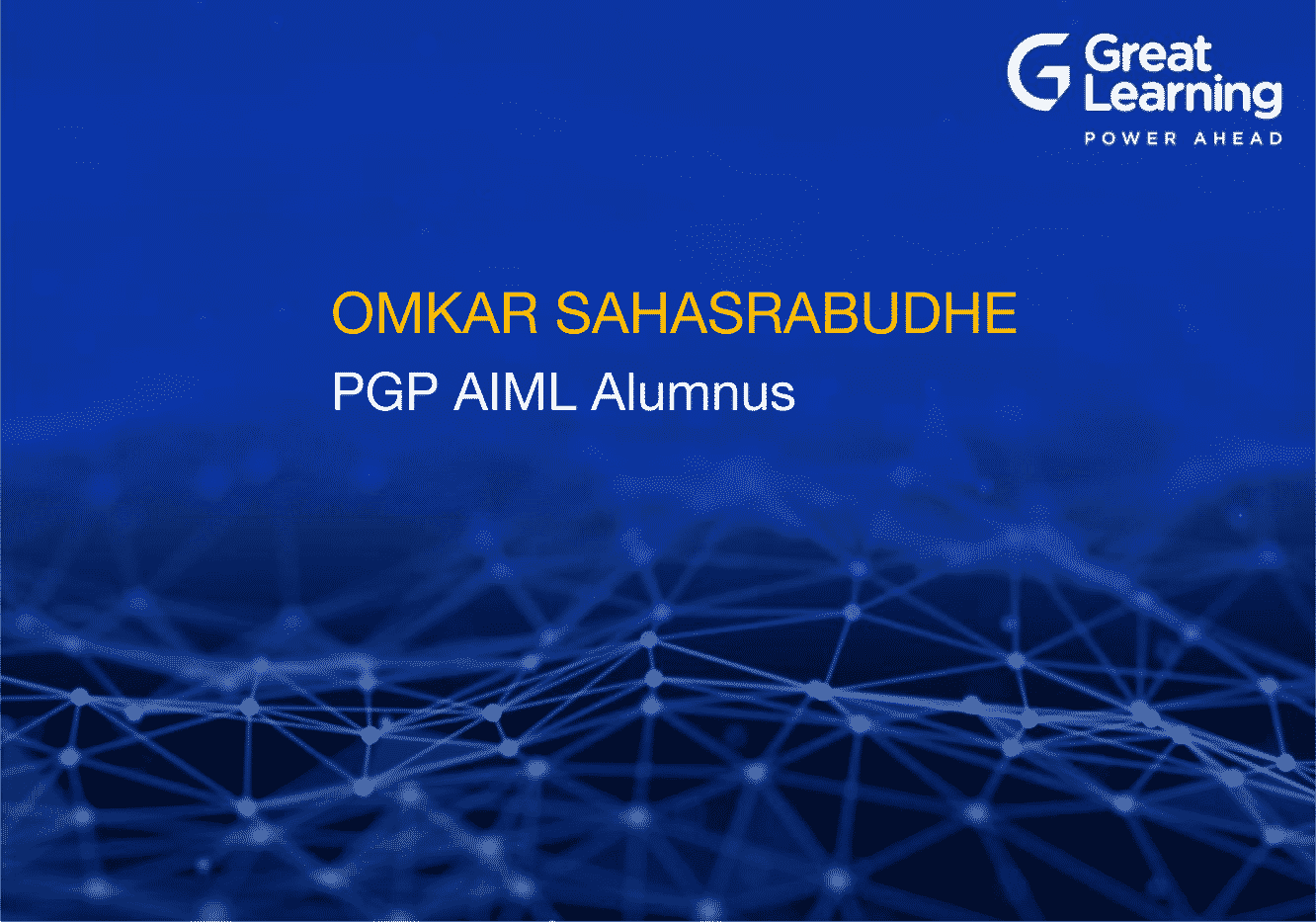I am a graduate in Physics from the Loyola college Chennai. I also have post-graduation in Shipping and logistics management as well as yoga for human excellence. A person keens into an active lifestyle explores new destinations, flexible and friendly from within.
Professional Background:
I am a sailor by profession and a teacher by passion. I sailed for 14 years in different types of ships in a progressive role until I took command of the ship as captain in the year 2006. I joined AMET, deemed to be a university in the year 2007, and served as the director of – center for international relations handling over 500 students across 10 different nations.
Currently, I am the dean of the nautical science department training the students to become nautical officer cadets onboard ships and enabling them to command ships as captains. Before I joined the PGP-AIFL program, I was and am still working as dean of the nautical science department at AMET University.
The problem which I faced at my workplace was when I applied Artificial Intelligence or Machine Learning at Work: Visualising the performance of ships using the past data available and arriving at a better inference to adopt predictive maintenance practice.
The complete context of the problem:
To analyze no of the incidents that happened on a fleet of 20 ships in the last 5 years and to assess the effectiveness of the corrective action taken by fleet superintend and the fleet crew.
To assess the probability of recurrence of such incidents and action to be taken to curb the same.
How this problem was affecting my Organization’s Business:
It was affecting the safety standards maintained onboard ships. Recurrence of such incidents questions the standard of maintenance, awareness of crew, and their competency to analyze and curb such incidents.
Tools & techniques I applied to solve the problem:
I used the techniques of two-class logistic regression to classify the problem and visualize the same using Microsoft Azure ML Studio.
The Insights of my AI/ML concept application brought into the picture:
Insights about statistical tools available to understand such issues. Insights about better inference about the recurrence of such incidents.
The solution /recommendation that I proposed to solve the business problem:
I was able to visualize the problem much better by cross-table comparison of data. I was able to explain in which ships corrective actions were more effective. I was able to suggest possible reasons for recurrence.
The Impact my recommendations generated at the organization:
At the first-hand level, they were able to appreciate the different perspectives from which the problem was visualized. They felt a need for training the senior management in Artificial Intelligence For Leaders (AIFL)
How this exercise benefitted me:
It helped to express my understanding of the new techniques in which I am getting trained.

Resources That Shaped Capt Karthik’s Successful Learning
- Top 5 Examples of How IT Uses Analytics to Solve Industry Problems.
- Transportation Problem Explained and how to solve it?
- Introduction to Spectral Clustering
- What is Computer Vision? Know Computer Vision Basic to Advanced & How Does it Work?
- Types of Neural Networks and Definition of Neural Network
- Tapping Twitter Sentiments: A Complete Case-Study on 2015 Chennai Floods
Hear from Our Other Successful Learners
- A great opportunity to explore and implement concepts – Omkar Sahasrabudhe, PGP AIML
- Structured Self-learning videos and mentoring sessions strengthen the understanding of concepts – Anand Venkateshwaran, PGP AIML
- Utilizing the skills acquired at Great Learning to address one of the client’s demands – Daniel Raju, PGP AIML
- Learnt to implement data-driven approaches with the skills I gained during this course – Vanam Sravankrishna, PGP AIML







